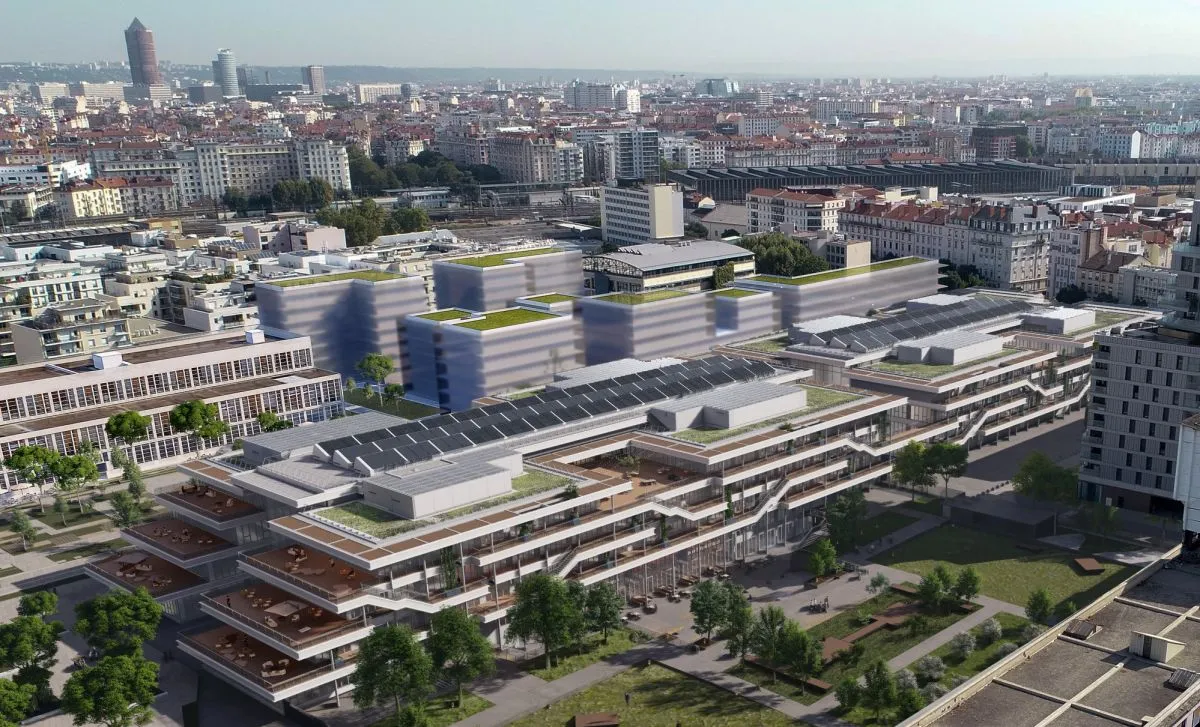Workspaces: symbol of corporate management
Thierry Picq, Doctor in Management Sciences and professor at emlyon business school, and Gilles Basset, Development Director for custom programs at emlyon business school, explain how to turn works spaces into an attractive place for talents.
What part do spaces occupy in today's working world and how has it evolve over the years?
Workspace models have always been a reflection of managerial models. Historically during the 20th Century, workspaces were closed, individual, and marked the hierarchical and vertical management model. Functions were compartmentalized, work optimization and intensification were the desired effects. Staff were essentially attracted by salaries and other cash benefits. The working space was not an asset, it was functional. Then, closed offices were converted into openspaces. They were intended to be more collective and friendly, gathering all staff members on a single platter. Management was then based on a horizontal model, “liberated”. Designed with the belief that it would foster cooperation and a more open communication, openspace soon bumped into compartmentalization of minds and uncomfortable staff, transpiring in a strained management and mostly in difficulties attracting talents, despite some luring devices sprinkled here and there, with the emblematic foosball table to name but one. From the early years of 2000 and on, workspaces then started to diversify, addressing imperatives born from teams working on different time frames in their projects and missions: variable collaborations (downsized teams, to be expanded again) jumping from task operation to creative exploration. It was the era of intensification and optimization of functional uses (activity-based working) based on space individualization and modularity, onward becoming dynamic (flex office). Managers adapted, promoting agility, openness, continued adaptation, turning into leaders highlighting initiatives and achievements and emphasizing competences. As such, workplaces are integral parts of the organizational model of companies and are thus put forward, in their talent attractiveness and retention policies.
The covid crisis and its home-office corollary did not put an end to this model, but rather pushed organizations into finding the right motives to go back to the workplace, in order to reconcile the logics of performance and well-being, the work-life balance, the individual and the collective dynamics. In so doing, management takes on a role of catalyst for collective and creative energies. It asserts meet-up routines, quality collective creative activities and innovation on the workplace. The workplace becomes a place where we build a collective performance culture, a place of inspiration. In short, a place for the manufacture of operational strategy and social relations.

emlyon’s future campus in the Lyon-Gerland district is designed to provide a fluid user experience, by combining digital and environmental intelligence.
How does the space evolution impact the talent attractiveness and retention?
Offices are no longer mere standardized places of work where we carry out our missions in defined frame works. They are also a place to live and to network with colleagues and partners, and a place open to the world. They are enjoyable places favoring well-being and the creation of social links and sharing. They reflect companies' values and the employer brand. They become a source of positive experience and pride, reinforcing the feeling of belonging.
What would you recommend to organizations planning to renovate their workplace or move into a new one?
First and foremost, projects involving the workplace need to be under the command of the HR Department, and not under that of the real estate or financial departments. We can go as far as saying that planning for a nice place is no longer enough. As a corporate project, HR should also take into account coherence, strategy and evolution of work and management practices. HR also need to build around the spaces a story which will generate commitment and put forward value alignment.
Sources: This interview was conducted for the ANDRH journal and published in the September 2023 edition – Fidélisation et Engagement.